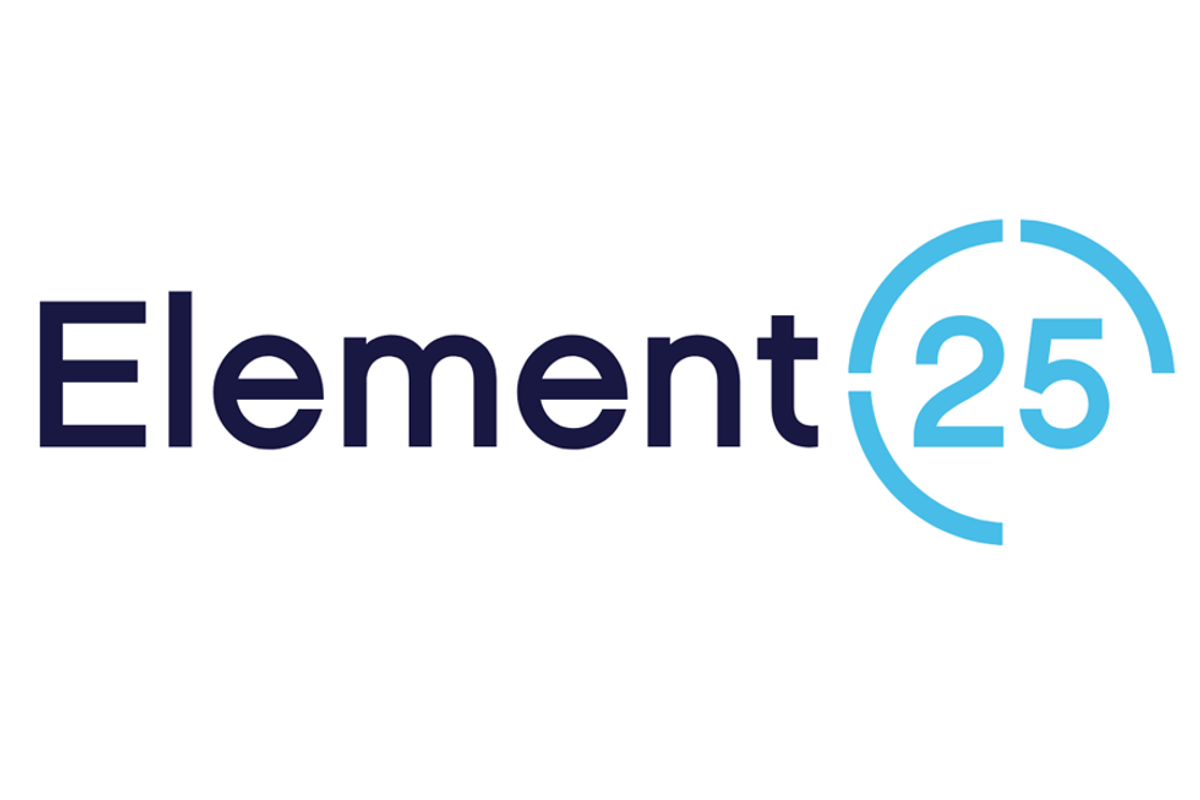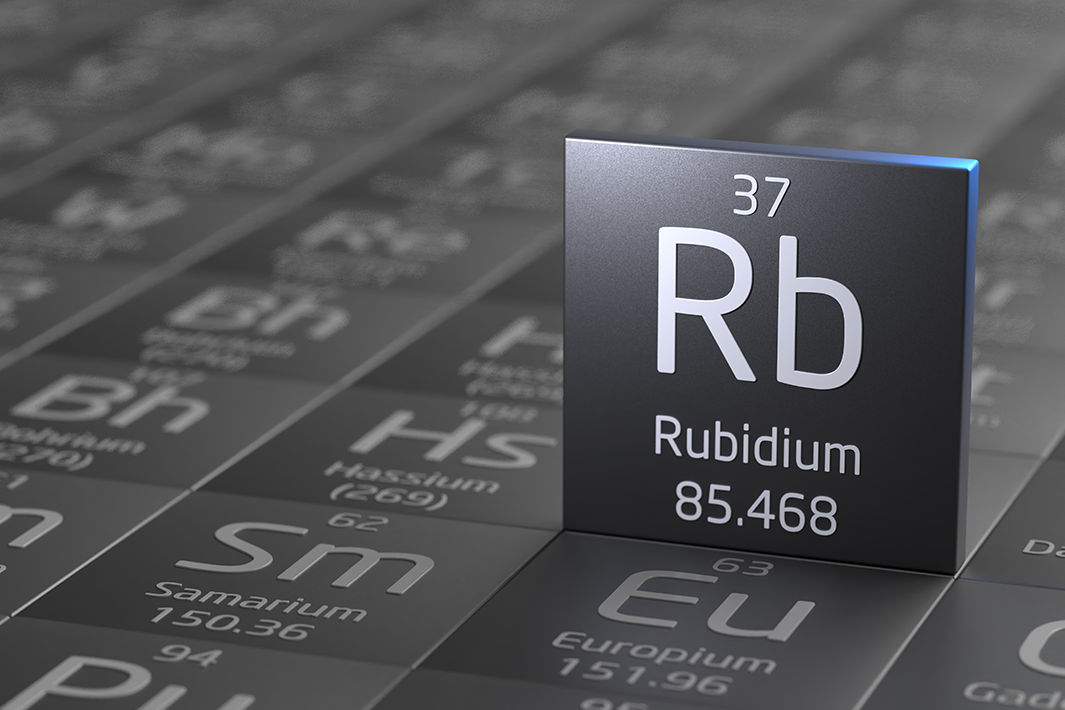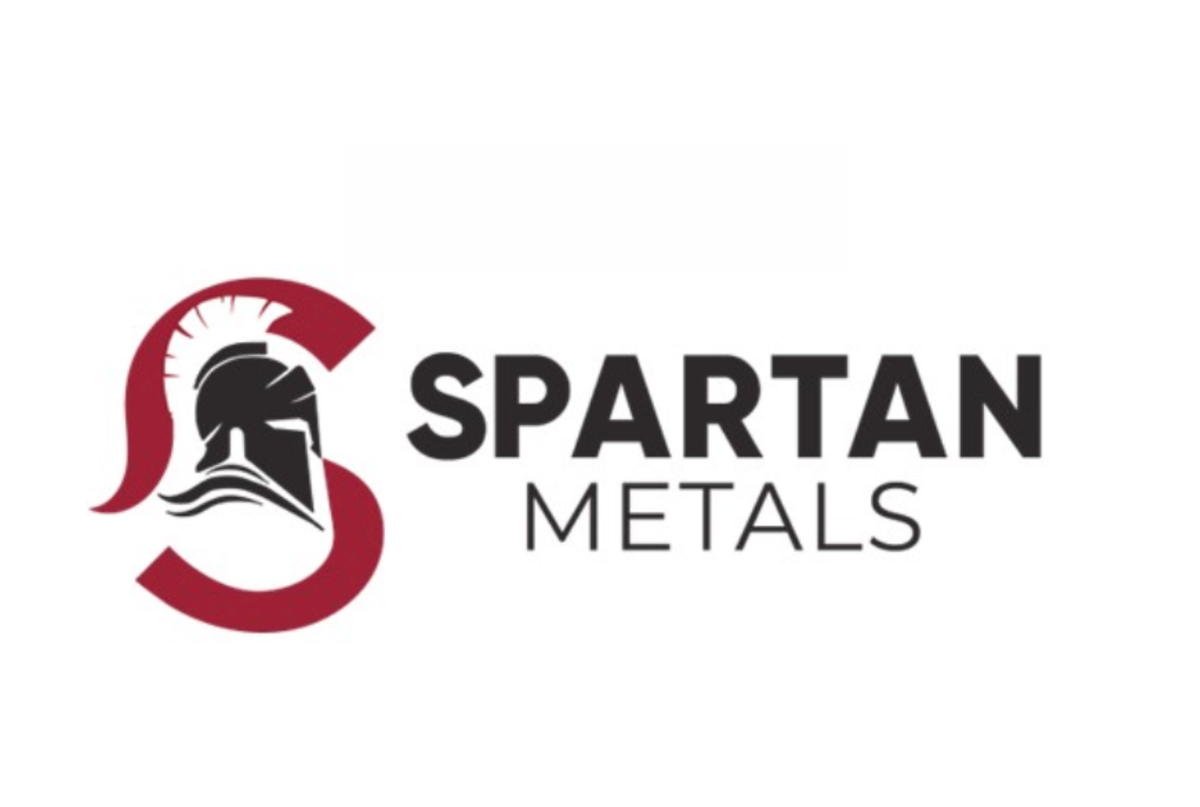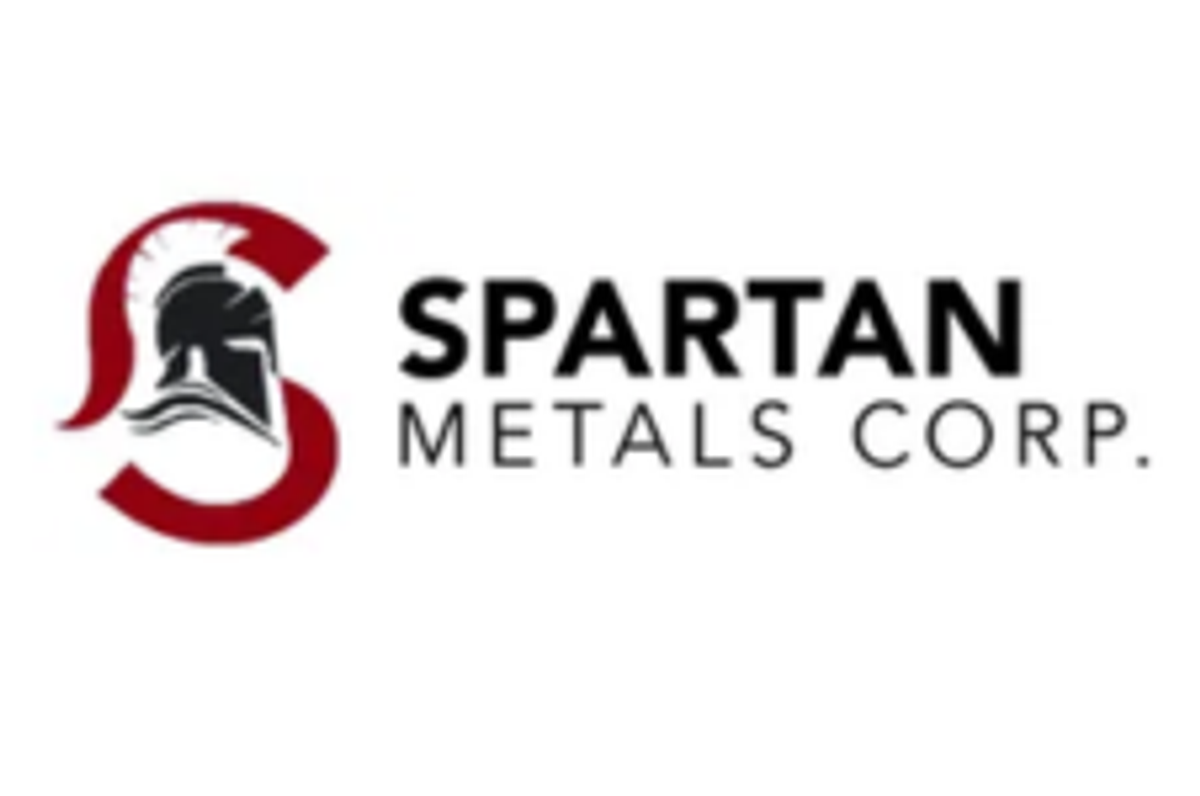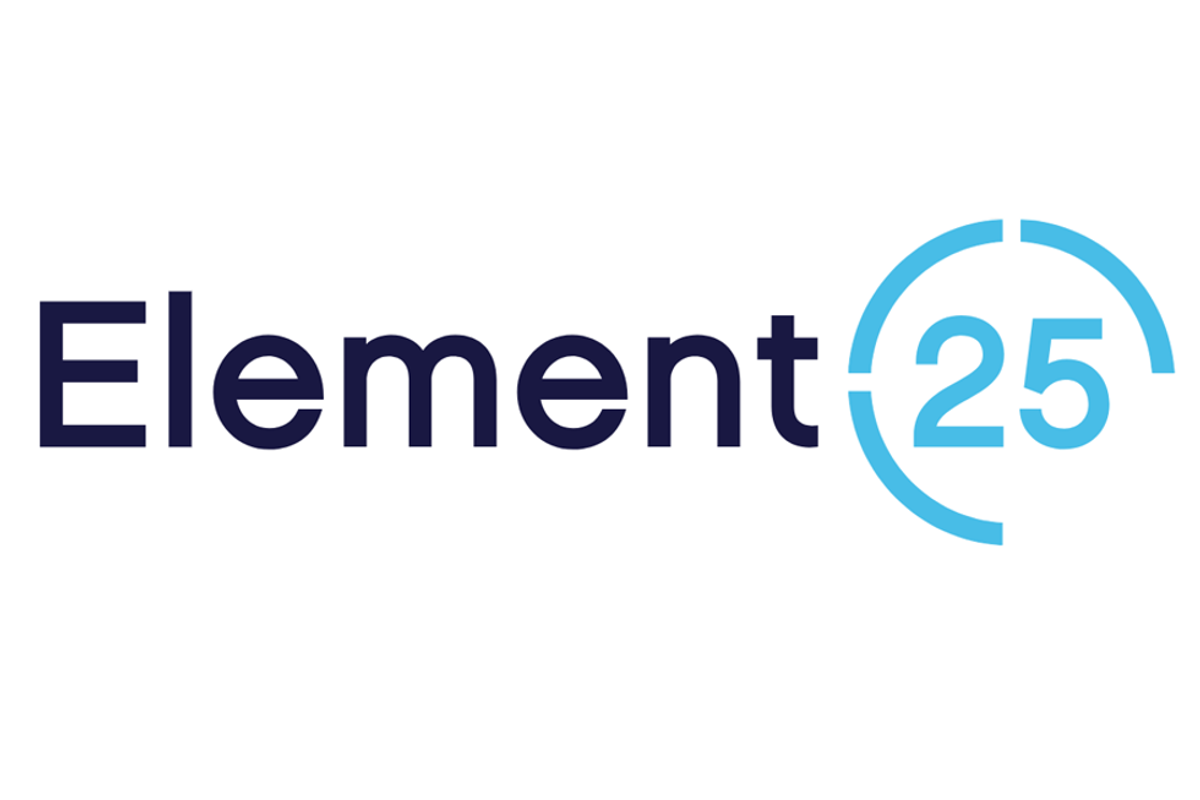
April 15, 2024
Element 25 Limited (E25 or Company) (ASX: E25; OTCQX: ELMTF) is pleased to present its investor presentation.
This presentation contains only a brief overview of Element 25 Limited and its associated entities (“Element 25") and their respective activities and operations. The contents of this presentation, including matters relating to the geology of Element 25's projects, may rely on various assumptions and subjective interpretations which it is not possible to detail in this presentation and which have not been subject to any independent verification.
This presentation contains multiple forward-looking statements. Known and unknown risks and uncertainties, and factors outside of Element 25’s control, may cause the actual results, performance and achievements of Element 25 to differ materially from those expressed or implied in this presentation.
To the maximum extent permitted by law, Element 25 does not warrant the accuracy, currency or completeness of the information in this presentation, nor the future performance of Element 25, and will not be responsible for any loss or damage arising from the use of the information.
The information contained in this presentation is not a substitute for detailed investigation or analysis of any particular issue. Current and potential investors and shareholders should seek independent advice before making any investment decision in regard to Element 25 or its activities.
Click here for the full ASX Release
This article includes content from Element 25 Limited, licensed for the purpose of publishing on Investing News Australia. This article does not constitute financial product advice. It is your responsibility to perform proper due diligence before acting upon any information provided here. Please refer to our full disclaimer here.
E25:AU
The Conversation (0)
14 August 2023
Element 25
Australia’s Largest Manganese Resource Driving Multiple Growth Pathways Towards a Zero-Carbon EV Battery-grade Manganese Future
Australia’s Largest Manganese Resource Driving Multiple Growth Pathways Towards a Zero-Carbon EV Battery-grade Manganese Future Keep Reading...
21 April 2024
Goldfields Exploration Update
Miramar Resources Limited (ASX:M2R, “Miramar” or “the Company”) is pleased to provide an update on gold exploration activities within the Company’s strategic Eastern Goldfields project portfolio. RC drill hole completed under high-grade Blackfriars gold prospect (Gidji JV)New Exploration Licence... Keep Reading...
04 December
Rubidium Could be Next Frontier for Critical Minerals Exploration, Investment
In the evolving landscape of critical minerals investing, the alkali metal rubidium is increasingly gaining attention as a potential growth opportunity. Historically under the radar compared to lithium, cobalt or rare earth elements, rubidium’s unique properties, constrained supply and emerging... Keep Reading...
12 November
Spartan Metals Touts Eagle Project as Critical Minerals Supply Source to DoD
On the heels of the recent identification of a silver-rich deposit at its Eagle project in Nevada, Spartan Metals (TSXV:W) is ramping up exploration and drilling efforts toward a potential resource estimate.In a recent interview, Spartan President and CEO Brett Marsh highlighted the polymetallic... Keep Reading...
16 October
Spartan Metals Commences Exploration Program at the Eagle Tungsten-Silver-Rubidium Project, Nevada
(TheNewswire) Vancouver, Canada, October 16, 2025 TheNewswire - Spartan Metals Corp. (" Spartan " or the " Company ") (TSX-V: W) is pleased to announce, it has initiated an exploration program (" Program ") at its Eagle Tungsten-Silver-Rubidium Project in Nevada (Figure 1). The focus of the... Keep Reading...
14 October
Spartan Metals Appoints of Rebecca Ball as Vice President, Exploration
(TheNewswire) Vancouver, Canada, October 14, 2025 TheNewswire - Spartan Metals Corp. (" Spartan " or the " Company ") (TSX-V: W) is pleased to announce the appointment of Rebecca Ball as Vice President of Exploration. Ms. Ball has over 10 years of exploration and operations experience covering... Keep Reading...
Latest News
Latest Press Releases
Related News
TOP STOCKS
American Battery4.030.24
Aion Therapeutic0.10-0.01
Cybin Corp2.140.00
